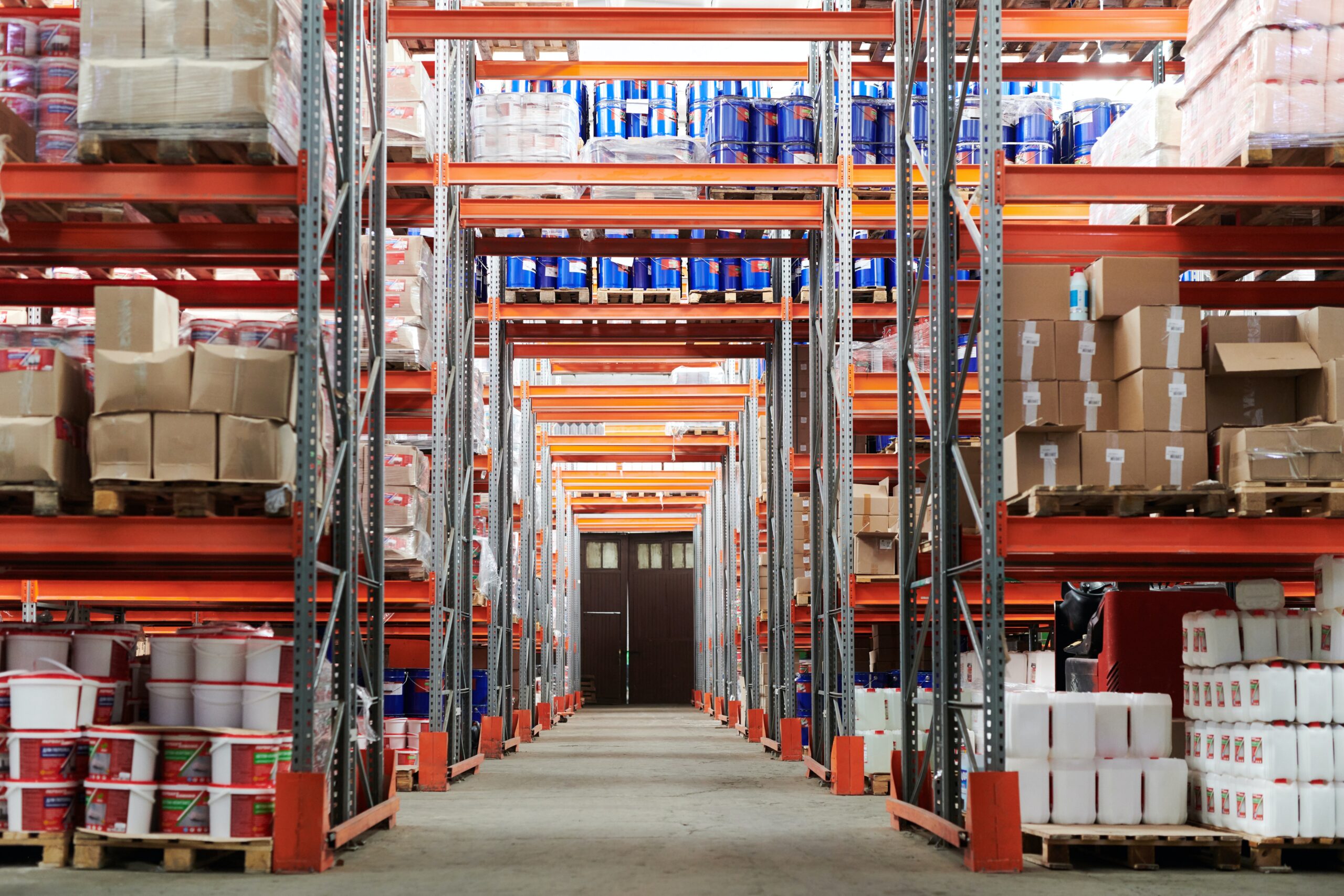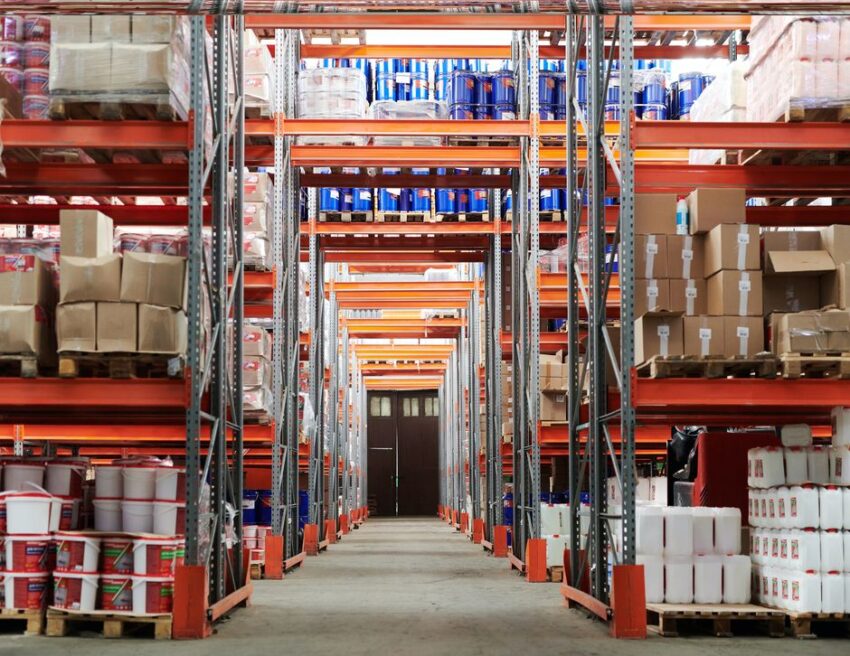
The digitization of the transportation and logistics sector has brought about sweeping changes in the supply chain industry worldwide. Moreover, technological innovations have impacted every sub-sector of the logistics industry and warehousing is one of the sectors that has undergone a thorough change in the last 10 years. Warehousing is one of the most crucial steps in the supply chain, and digitizing this field has resulted in enhanced efficiency and reduced costs. The massive technological advancement and the advent of industrial warehousing technology have transformed human labour-intensive processes in favour of automation.
Keep reading this blog to find out about all the latest technological trends in warehousing and how it is bringing more efficiency to the transportation and logistics industry.
Top technological trends in the warehousing sector in transportation and logistics industry
· The use of robots
A large number of warehouses are gradually embracing robotics technology and according to a report by Markets and Markets, the market of warehouse robotics will reach a whopping $9.1 billion by 2016. The AGVs (Automated Guided Vehicles) and their smaller counterparts AGCs (Automated Guided Carts) are allowing for easy transportation and inventory in and around your warehouse. They generally move along the magnetic tracks laid in the warehouse. They replace the human labour used for driving pick carts or manually driven forklifts.
Additionally, collaborative robots work with human workers to facilitate a variety of warehouse tasks. For instance, they can be used to move around the human pickers and act as movable storage bins for picked orders. We also have articulated robotic arms which are a kind of pick-and-place robots that are used for the manipulation of items in the warehouse and distribution centers. They are usually used for palletizing, storage, receiving, and picking and packing. Apart from helping to automate repetitive tasks, warehouse robots also help to reduce the dependence on human labour and make the warehousing process free of manual error.
· Automatic identification technologies
Automatic identification technology is basically the identification process of the SKU (stock-keeping units) that enhances the accuracy of this job by almost 100%. It ensures the elimination of manual error and helps to reduce paperwork thereby making the entire warehousing process more efficient. The images, barcodes, and point-of-sale systems are helping to track the exact location of the items within the supply chain. Automatic identification technologies also make way for further enhancement of tracking and tracing systems, inventory management, and process control. It makes sure that the right items are identified each time thus eliminating the need to rework orders or inventory control. Moreover, accurate data about the stocks also allows warehouse managers to understand when they need to restock.
· RFID or Radio Frequency Identification
RFID makes use of electromagnetic waves to track the packages in the warehouse in real-time. One of the most useful warehousing technologies that has been making the supply chain process much simpler, the RFID doesn’t need a scanner and doesn’t even need to be close to the object. Once you attach an RFID tag to an item, it can be monitored from a centralized database via electromagnetic signals. The RFID system enormously boosts the accuracy of warehousing operations. Moreover, it can be of great help when used in conjunction with other digitized solutions such as sorting and picking robots.
· EDI or Electronic Data Interchange
Electronic Data Interchange is yet another technological innovation that is allowing for seamless document exchange in warehousing. It simplifies logistics operations by allowing for tracking of real-time movement of the packages across the supply chain. EDI permits the flow of data between two computers thereby streamlining several aspects of the operation including shipping orders, stock transfer receipts, inventory advice etc. It can keep the warehouse managers updated with the needs of the customers, and vendors, and above all helps to stay ahead in the competition.
· The use of drones
The use of drones in warehouses has become extensive in recent years with e-commerce companies investing a considerable amount on drones and robots to enhance productivity. Drones can hover above the warehouse floor scanning items to check the stock and thus helping with inventory management. The drones also work as picking robots that can pick and place items within the warehouse. They can help with a whole lot of inventory processes including cycle counting, inventory audits, item search, stock taking and stock maintenance. Drones can be used to increase the security of warehouses and could even be a better replacement for human monitoring activities.
Wrapping up
Massive changes are taking place in the transportation and logistics industry at this very moment and warehouse operators need to secure their future by implementing the latest digital innovations, making the much-needed changes in the traditional distribution process. Furthermore, the constant expansion of the e-commerce sector has ensured a bright future for the warehousing sector. Therefore, management professionals need to make the best use of technology for providing a seamless storage and distribution process by offering automation integration and enhancing every element of the supply chain.


